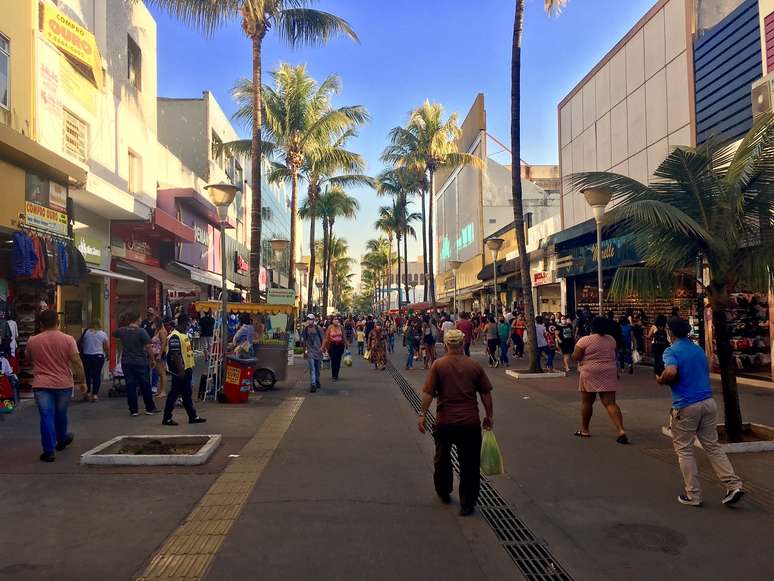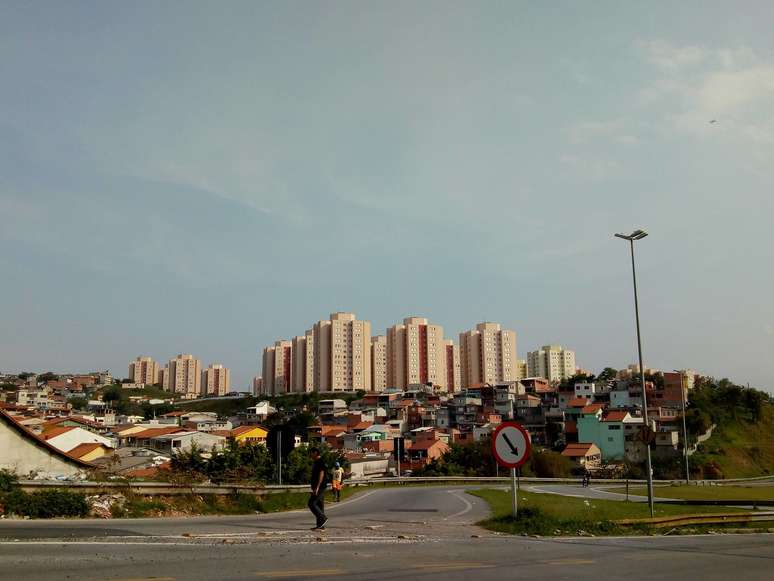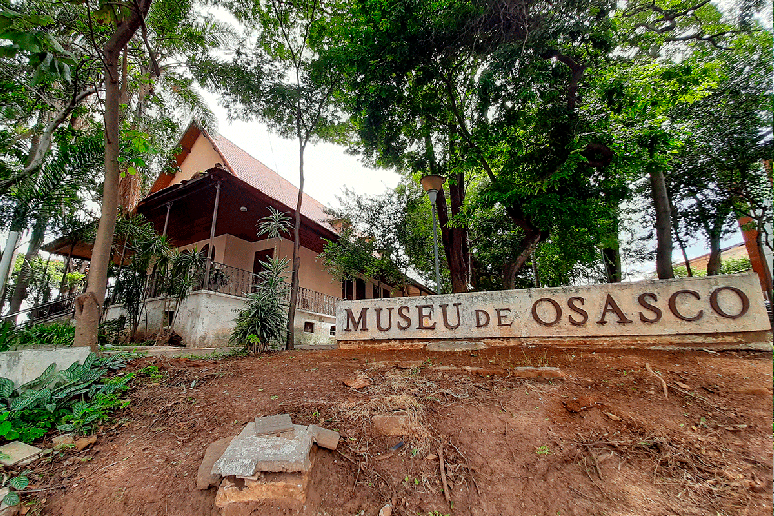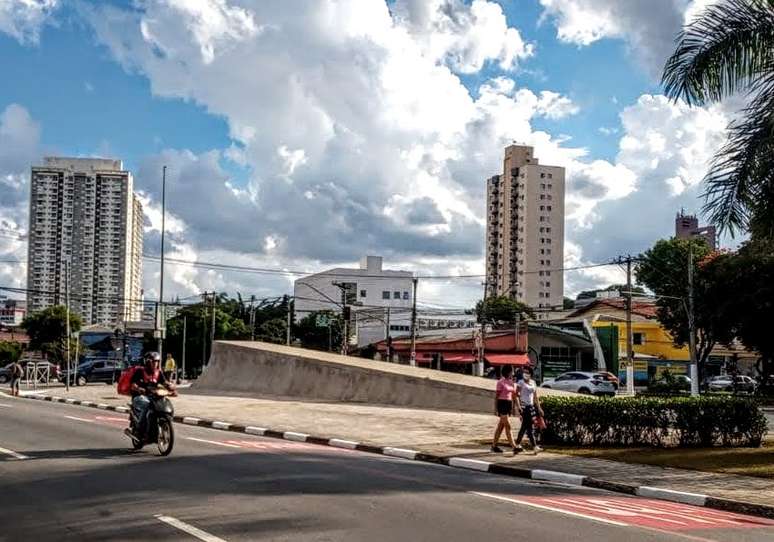The municipality of Greater São Paulo is known for its famous hot dogs, but it also brings together unusual facts
Osasco turned 61 on Feb. 19. The municipality in the western region of Greater Sao Paulo is the eighth most populous in the state, with a total of 777,000 residents. But did you know that, in the past, Osasco was a neighborhood within the city of São Paulo and today it has one of the highest GDPs (Gross Domestic Product) in Brazil?
Agência Mural has listed these and other curiosities about the city. Check it out below!
1 – The famous dogão
It’s no news that the Osasco hot dog is known in and around the city. The snack gained notoriety because there were always vendors on the Calçadão de Osasco, in the center of the municipality, and many of them stood out for it. The hot dog is so famous that, to celebrate the city’s anniversary, the town hall organizes a giant dogão to celebrate the date.

2 – Rich city, yes!
Osasco has Brazil’s seventh-largest GDP (R$76.3 billion, according to the IBGE), ahead of several of the country’s capital cities. But, despite being recognized for its good economy, social inequality is still present in the city. Neighborhoods such as Umuarama, Campesina and Cidade de Deus still complain of flooding, for example.
3 – It was once a suburb of São Paulo
Before the political-administrative emancipation of the city in 1962, Osasco was a district further away from São Paulo and was not adequately served by the town hall. The idea of emancipation was born precisely from the desire of the residents for a better quality of life and more infrastructure.
The first pottery industry of the city was established in what is now the central region. And, little by little, the region grew.

4 – It has become a case of justice
In the first plebiscite for emancipation, in the 1950s, the “no” won. Years later, even with the idea gaining strength at the polls, San Paolo did not accept the division well, arguing that the vote would be illegal. The capital of São Paulo even went to court against the plebiscite, but after a while it handed the case over to Osasco.
5 – The first flight from Latin America was to Osasco

Where the Osasco Museum is today (in Avenida dos Autonomistas, nº 4001), there was the Chalé Brícola, where Dimitri Sensaud de Lavaud lived. The inventor created an airplane that managed to travel about 105 meters in 6 seconds and 18 tenths. It happened 113 years ago, on January 7, 1910, even before Osasco emancipated itself and Santos Dumont made aviation history.
6 – Sculpture in honor of flight
An 18-metre work was commissioned to pay homage to the flight of Dimitri Sensaud de Lavaud. The goal was for the sculpture to be in front of Osasco City Hall, but the work was abandoned in a gallery in the city of São Paulo and to this day there is nothing in the space that would have been earmarked for sculpture.
7 – Strike during the dictatorship
After the emancipation of the commune, the years of the military government were the scene of a strike which marked the workers’ movement. The demonstration was against the Cobrasma company (Companhia Brasileira de Material Ferroviário), in 1968, and the impact was such as to cause the change of mayor and a turbulent moment with the arrival of the 4th Mechanized Infantry Battalion of the Brazilian Army.
Source: Terra
Rose James is a Gossipify movie and series reviewer known for her in-depth analysis and unique perspective on the latest releases. With a background in film studies, she provides engaging and informative reviews, and keeps readers up to date with industry trends and emerging talents.







